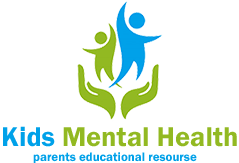9 Surprising Ways Exercise Can Boost Your Child’s Mental Health
Discover the powerful mental health benefits of physical activity. Regular exercise can elevate mood, reduce stress and anxiety, sharpen focus and memory, boost self-esteem, and promote better sleep. Beyond the well-known physical health perks, staying active is one of the most effective ways to improve emotional well-being and build resilience. Whether it’s team sports, outdoor adventures, or simple play, getting kids moving does wonders for their developing minds. Dive in to learn the science behind how exercise enhances mental health and get practical tips for making physical activity a joyful, integral part of your child’s …










